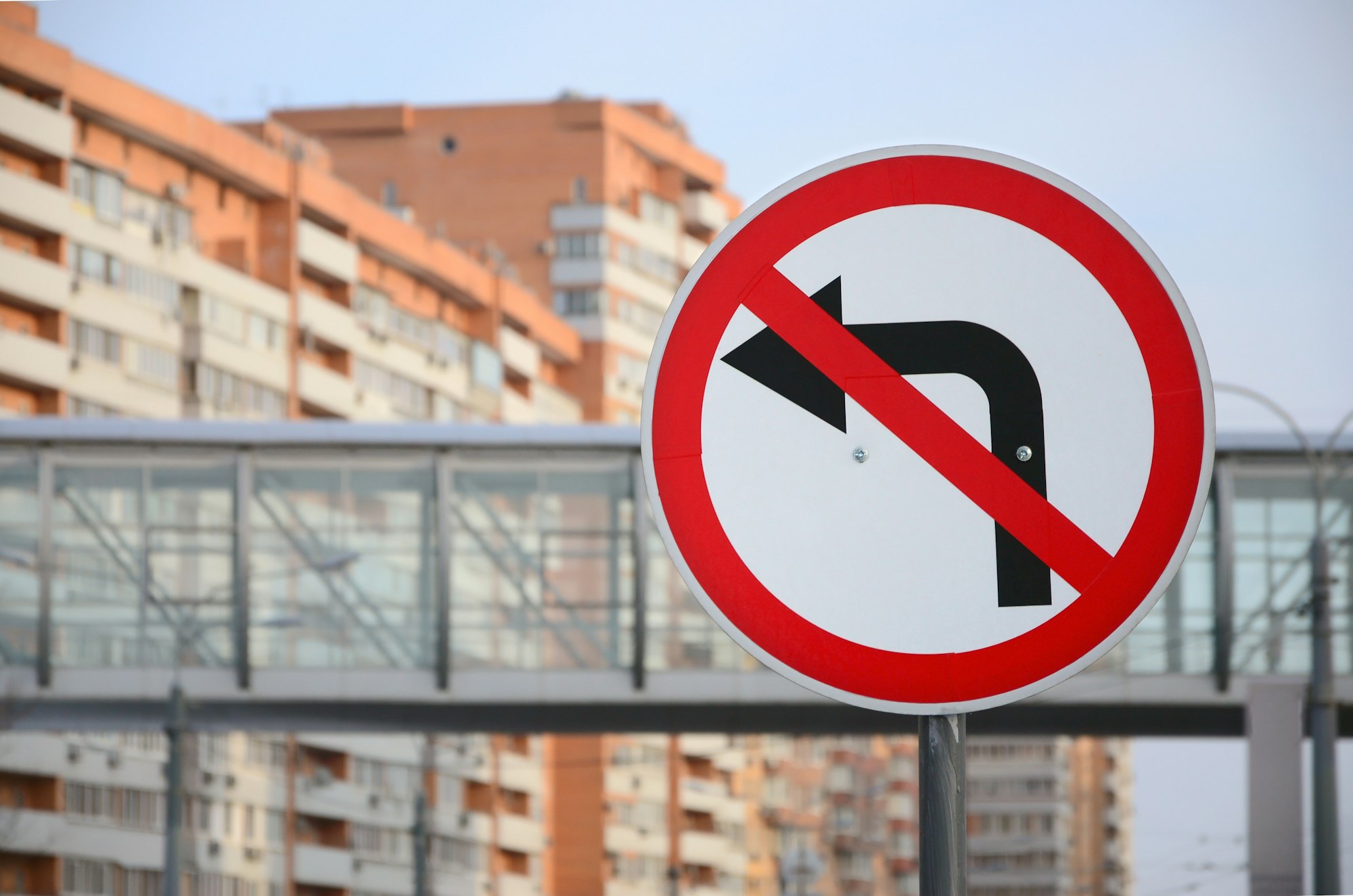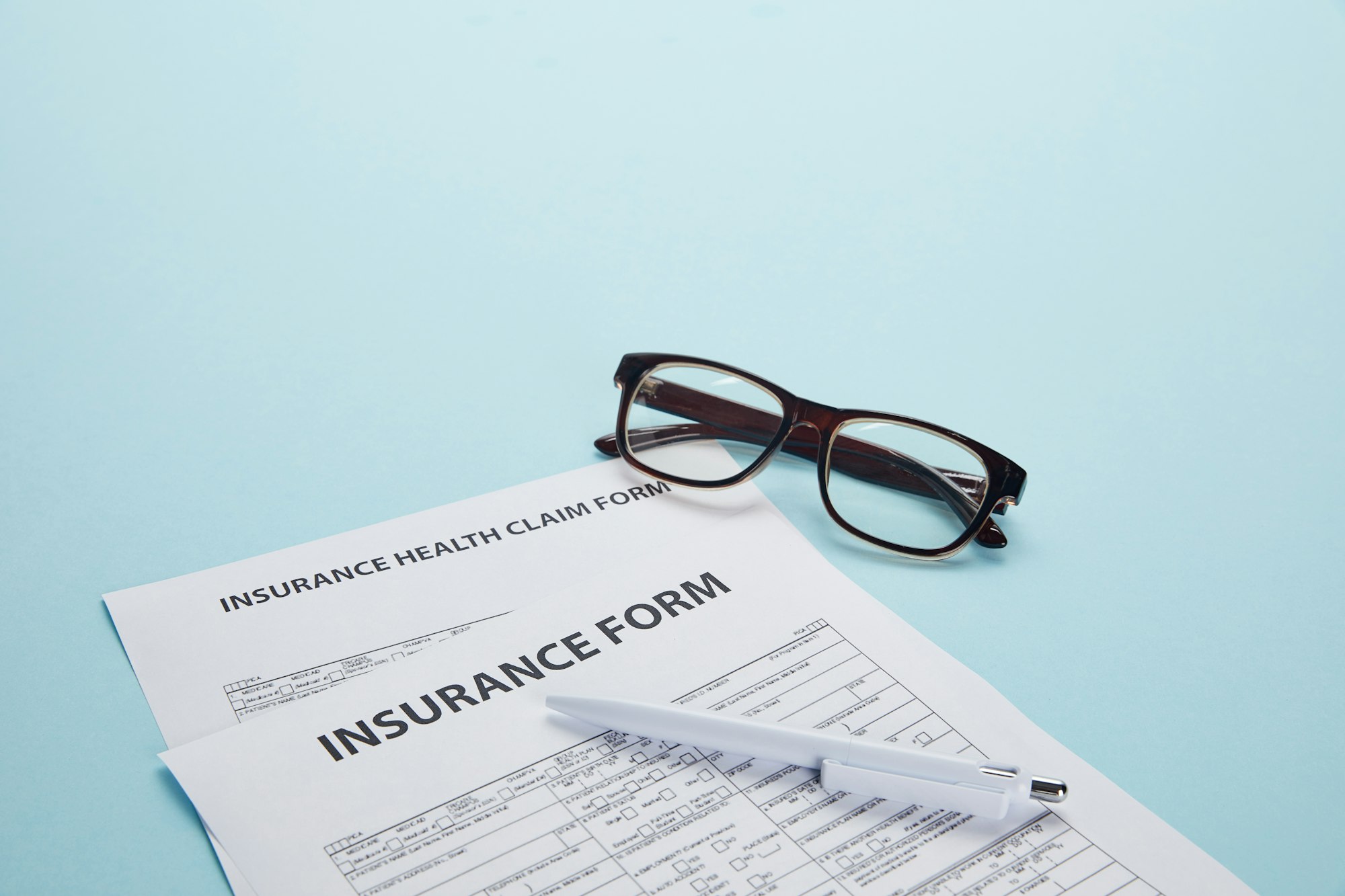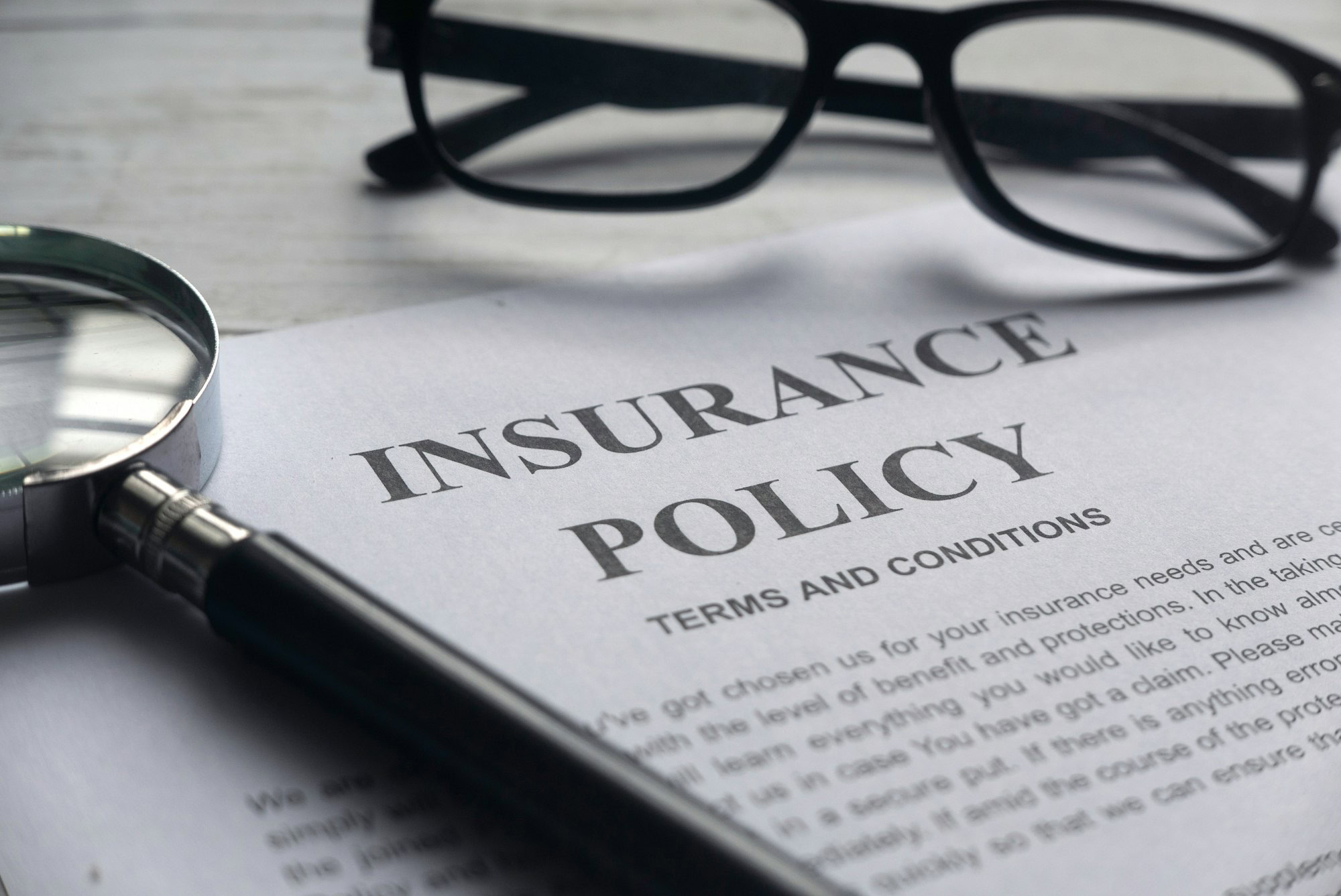SUITE #222
NV 89113
The Left-Hand Turn Risk: Navigating Its Hidden Dangers
For many drivers, a left-hand turn may seem like a routine maneuver, one that’s been executed countless times without incident. However, the seeming simplicity of this common driving action belies its potential for danger. At our Miller Personal Injury attorneys, we understand that a significant portion of road accidents involve left-hand turns, and these collisions can lead to severe injuries or even fatalities. In this blog post, we will discuss why left-hand turns are so dangerous and what you can do to protect yourself on the road.
The Risks of Turning Left:
- The Crossing Path Dilemma:
Left-hand turns are inherently risky because they involve crossing over the opposing lane of traffic. This means that the turning vehicle must navigate through an intersection where vehicles from the other direction may be traveling at high speeds. The timing and judgment required to make a safe turn can be affected by various factors, including poor visibility, distracted driving, or miscalculation of the speed of oncoming vehicles. - Limited Visibility:
When a driver is positioned to make a left-hand turn, their view can often be obstructed by oncoming traffic, parked cars, or even the A-pillars of their own vehicle. This can make it challenging to see smaller vehicles such as motorcycles, bicycles, or pedestrians who may also be crossing the intersection, leading to accidents that could have been prevented with better visibility. - The Complexity of Judgment:
Making a left-hand turn requires a driver to make multiple split-second decisions and judgments. They need to gauge the speed and distance of oncoming traffic, anticipate the actions of pedestrians and other vehicles, and navigate the turn safely. Any misjudgment can result in a collision. - Conflicting Traffic Signals and Signs:
In some cases, traffic signals or signs may be confusing or contradictory, leading to uncertainty about the right of way. Drivers may also encounter intersections without dedicated left-turn signals, which increases the complexity of making a safe turn.
Avoiding Accidents During Left-Hand Turns:
To minimize the risks associated with left-hand turns, consider the following tips:
- Wait for a Clear Gap: Be patient and wait for a large enough gap in oncoming traffic before attempting to turn.
- Use Dedicated Turn Lanes: Whenever possible, use lanes specifically designated for left-hand turns, as they are designed to provide safer turning conditions.
- Yield to Oncoming Traffic: Remember that oncoming traffic generally has the right of way, so yield until it is safe to proceed.
- Look for Pedestrians and Bicyclists: Always check crosswalks and the surrounding area for pedestrians and bicyclists who may be crossing.
- Avoid Distractions: Stay focused on the road and avoid distractions such as mobile phones or other in-car activities while preparing to turn.
How Miller Personal Injury Attorneys Can Help
While left-hand turns are a necessary part of driving, they come with increased risks that require careful attention and judgment. By understanding these dangers and taking proactive steps to mitigate them, drivers can significantly reduce the likelihood of accidents and ensure a safer road environment for everyone.
If you or someone you know has been involved in an accident during a left-hand turn, Miller Personal Injury Attorneys is here to help. We are committed to advocating for the rights of accident victims and ensuring they receive the compensation they deserve. Contact us today for a free consultation.
Let’s Talk










